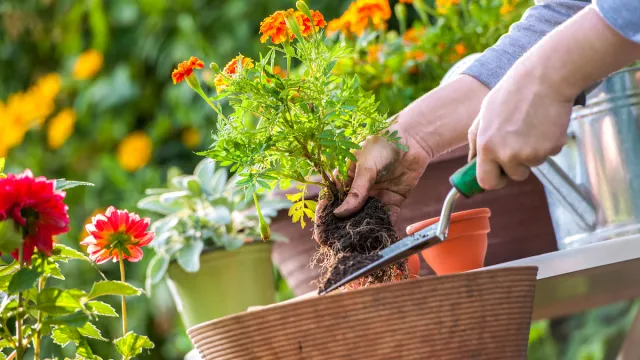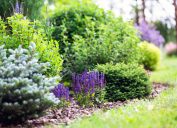6 Flowers You Should Never Plant in the Spring, Gardening Experts Say
Follow these tips for a colorful garden and happy blooms.
No matter how experienced of a gardener you are, there'll always be times when your plants don't thrive or, in the worst case, don't make it. However, there are some things you can do to mitigate this risk, like using the proper soil, adhering to the correct watering schedule, and keeping your plants in the proper pots. You'll also want to ensure you plant things at the proper time of year—especially flowers, which can be finicky. Here, professional gardeners share the worst flowers to plant in the spring and when to put them in the ground instead. Follow their tips for a colorful garden and happy blooms.
RELATED: Gardening Influencer Reveals the #1 Plant to Give Your Yard Beautiful Color.
1
Daffodils
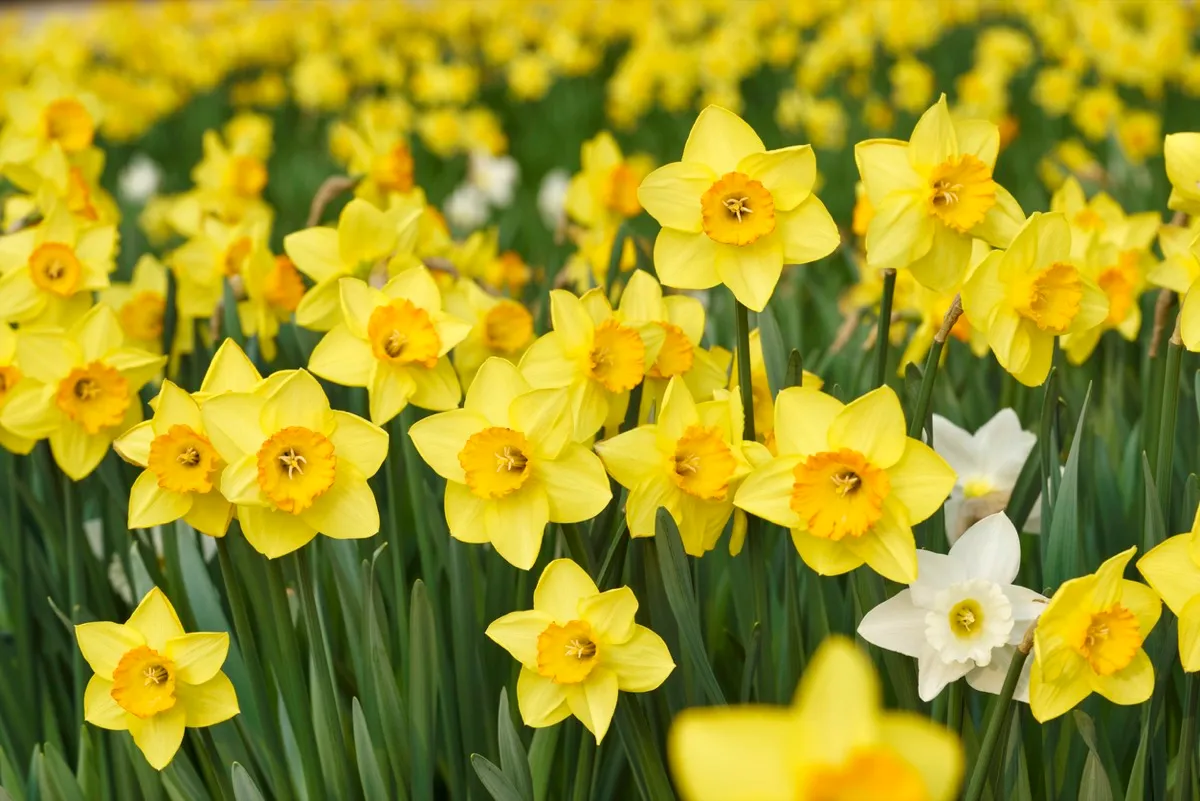
Daffodils are one of the first flowers you'll see pop out of the ground in spring, but that doesn't mean you should plant them then. If you do, they may bloom poorly or not at all.
"This is because daffodil bulbs need a period of cold weather to stimulate growth," says Simon St-Denis, founder of Canada Grow Supplies. "So instead, I suggest planting daffodils in the fall to ensure beautiful blooms in the spring."
You'll get to enjoy the flowers for their full bloom period that way, too.
2
Chrysanthemums
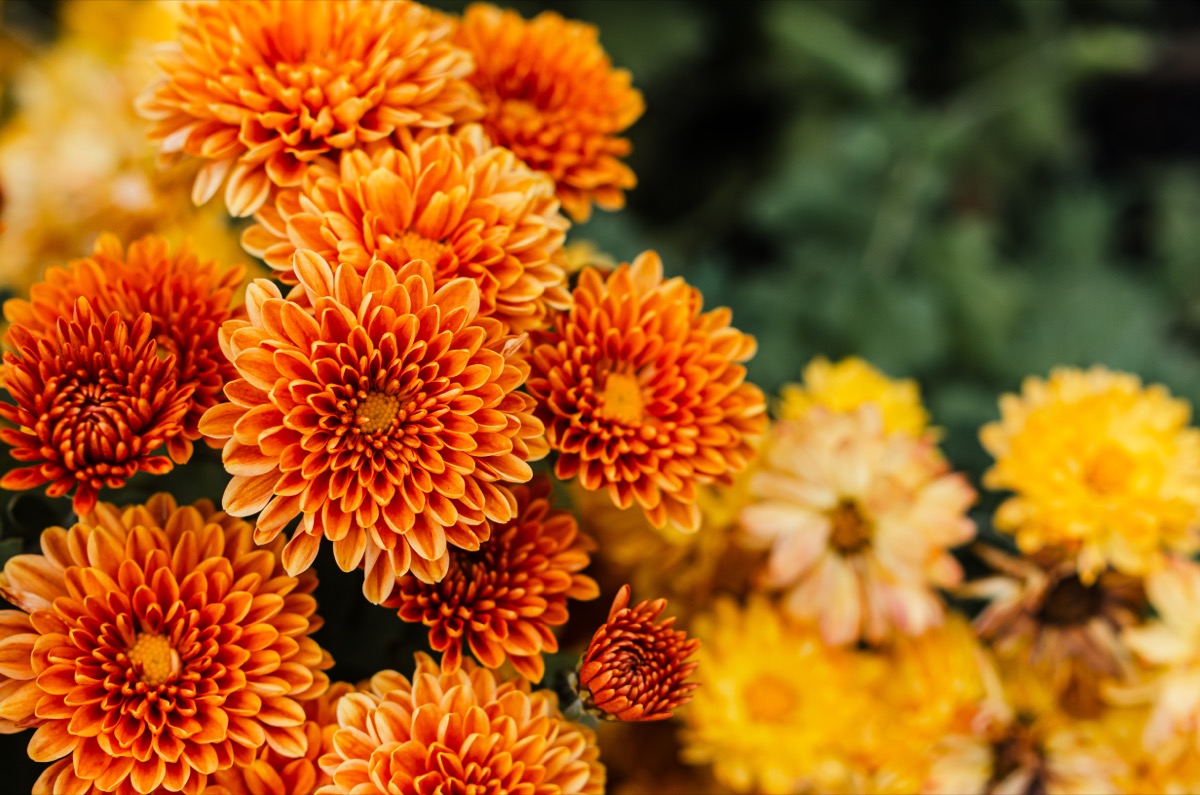
While it is possible to plant these flowers in the spring after the last freeze, it might not be the best route.
"When planted in spring, they may not establish well, or they could bloom prematurely, missing their striking autumnal display," says landscaping industry professional Gene Caballero, co-founder of Your GreenPal. In other words, if you want your mums to stick around long after your other summer flowers have faded, then plant them in the fall.
For a similar look in the warmer months, Caballero suggests planting marigolds or zinnias. "They are perfect for adding summer color and withstand the heat well," he says.
RELATED: 8 Easy Outdoor Plants That Don't Need Sunlight.
3
Begonias
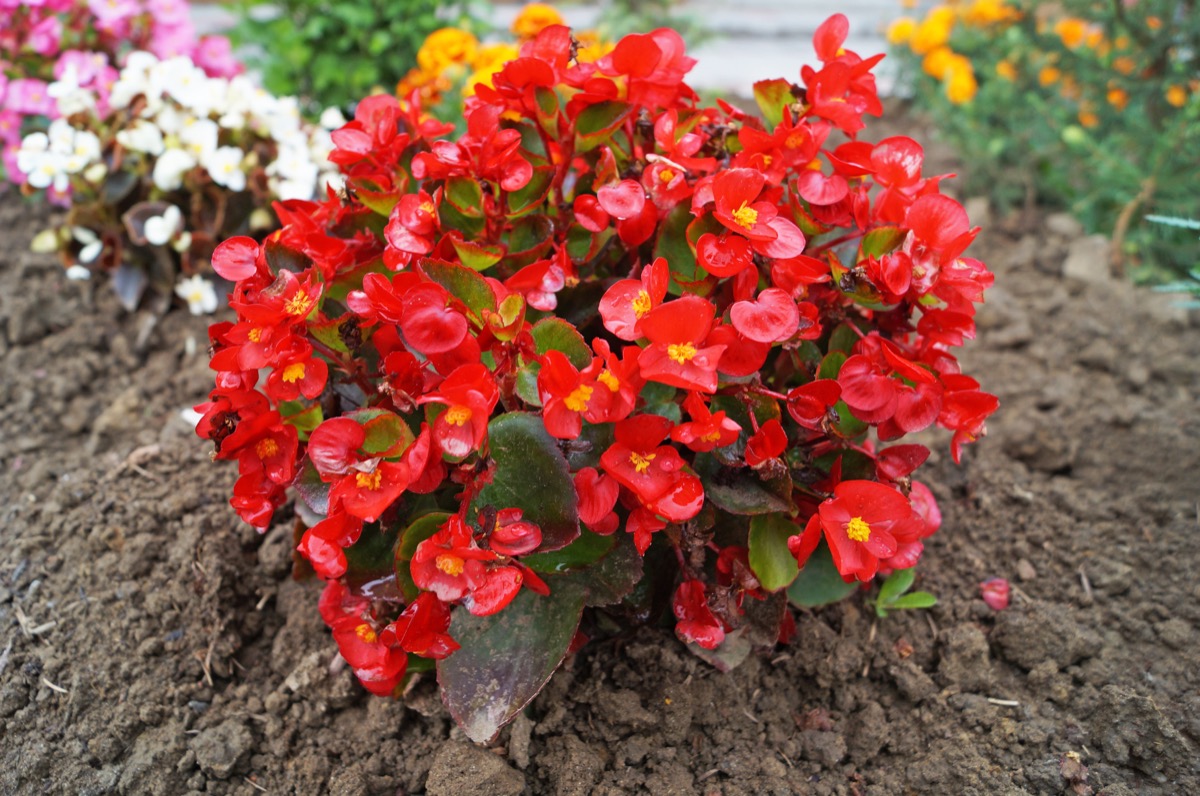
The begonia is pretty for summer, and it should be planted closer to the season, too.
"While they are a popular choice for adding some vibrant colors to your garden, begonias can be sensitive to temperature changes," says St-Denis. "If planted too early in the season, they can easily be damaged by cold weather or frost."
Wait until the last frost has passed and the soil has had time to warm up a bit before planting these flowers—usually late spring or early summer.
4
Lillies

This flower shouldn't be planted anytime near the spring.
"They actually prefer to be planted in the fall," says St-Denis. "This allows the bulbs to establish a strong root system during the winter months, leading to healthier and more abundant blooms in the spring."
Make sure to plant them at least four weeks before your first frost so they can put down roots before it gets chilly.
RELATED: 7 Plants You Can Buy That Are Actually Dangerous Invasive Species.
5
Pansies
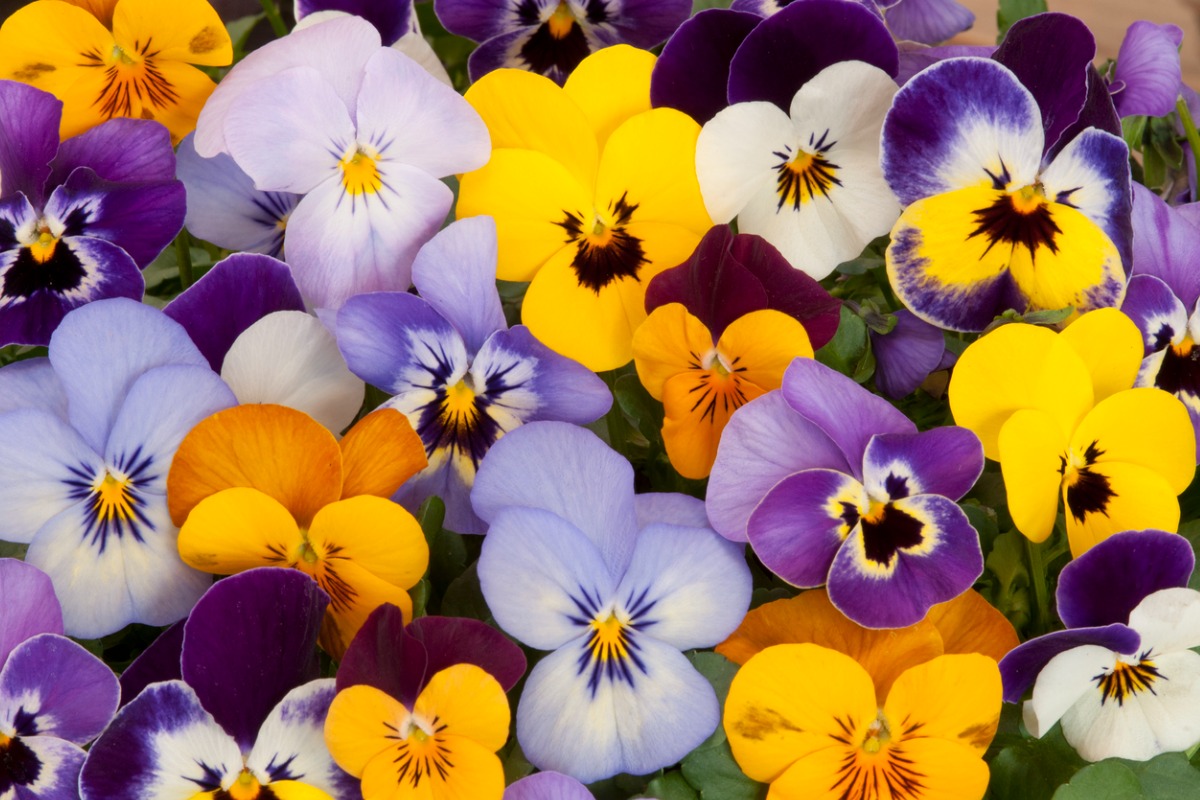
You'll want to pay attention to your climate when putting pansies in the ground.
"They are often chosen for spring planting, but they actually thrive when planted in the fall in many climates, offering color through the winter and early spring," says Caballero.
6
Dahlias
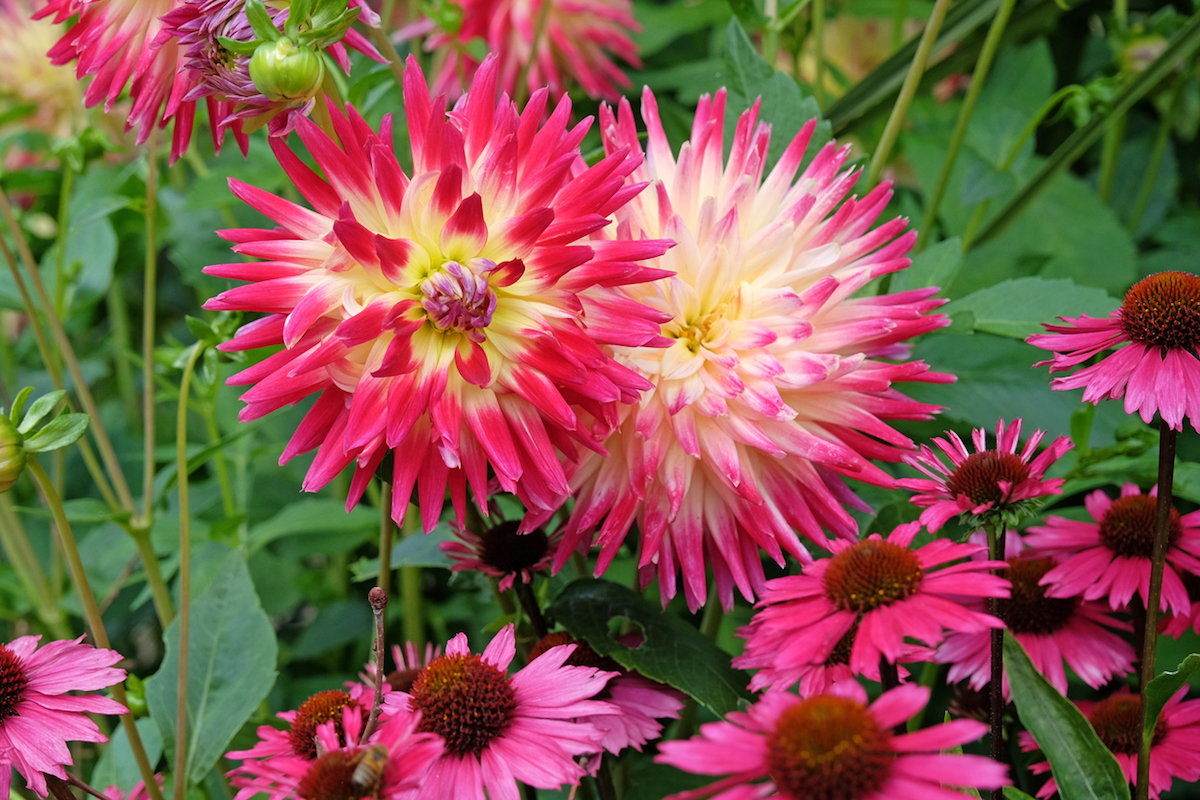
Caballero says you'll likely see dahlias at lots of garden centers in the spring, but you'll want to wait until late spring or early summer to plant them since they prefer warmer soil.
"This timing ensures a spectacular late summer to fall bloom," he says. "A great spring alternative would be petunias or snapdragons, which are more adaptable to the cooler start of the season and continue to bloom into the warmer months."
By next year, you'll have an extra fabulous display.
